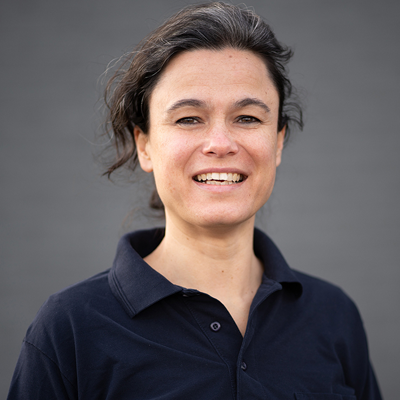Medical Oncology
The medical oncology section focuses its research on improving currently available medical treatments, (preclinical) testing of new therapies, improving diagnostics, and translational studies into canine cancer.
Asparaginase study
Regular L-Asparaginase is no longer available and has been replaced by PEG-Asparaginase. Although this drug is thought to be superior to regular Asparaginase in humans, evidence in the dog is lacking. A previous study demonstrated that healthy dogs show a variable response to this drug with some dogs having no evidence of enzyme activity and most dogs developing drug resistance after multiple injections. Demonstration of antibody titers makes it likely that the observed resistance is attributable to the dog’s immune response to this foreign protein.
A new study aims to assess the frequency of response to PEG-Asparaginase in dogs with lymphoma, as well as enzyme activity and antibody titers, and the effect of steroids on these parameters.
Osteosarcoma
Osteosarcoma is the most common type of bone tumor in human adolescents and middle-aged dogs. The diagnosis is based on imaging studies and the treatment consists of surgery and chemotherapy. Despite these similarities, there are also differences, in humans the MRI is preferred over CT-scans and the order of treatments is reversed; dogs are amputated followed by chemotherapy, while in humans treatment is started with chemotherapy to be followed by surgery at a later stage.
This difference in treatment order makes that studying dog osteosarcoma MRI’s can help to improve the understanding of the human MRI images by directly relating it to histopathological findings, while at the same time this information helps us to better understand the imaging findings in dogs. In this study we closely collaborate with researchers and oncologists from the Princess Maxima Center.
Malignant lymphoma
Malignant lymphoma, also known as non-Hodgkin’s disease, is the most common type of blood cancer in dogs and the most commonly treated cancer in veterinary medical oncology. There are multiple similarities between this disease in the dog and humans. Interests within our group are to study the mechanisms underlying chemotherapy resistance and ways to reverse or circumvent this drug resistance. Another focus is to study the similarities and dissimilarities between humans and canine lymphoma on a molecular level and get a better understanding of why this disease is increasing in incidence. A working group consisting of members from OnGo in close collaboration with researchers from Biomolecular Health Sciences (Group de Bruine) and the Princess Maxima Group (van Boxtel group).
Melanoma
Melanoma, and in particular oral melanoma, is an important cancer in dogs that shows a strong resemblance with malignant melanoma in humans. Although dogs are oftentimes successfully treated for the primary tumor with surgery and radiotherapy, most dogs will ultimately succumb to metastatic disease. In the absence of effective chemotherapy and immunotherapy in dogs, new routes need to be explored. We are currently focusing on treatments aimed at enhancing the dog’s immune response to cancer (cooperation with Biomolecular Health Sciences – Immunology, Femke de Broere) and expect to expand it into evaluating new biological treatments (Biomolecular Health Sciences – Group de Bruine).
Squama cell carcinoma
Feline squama cell carcinoma is the most common oral cancer in cats and is still one of the most challenging cancers to treat in veterinary medicine. Surgery is oftentimes not possible, response to chemotherapy limited and radiotherapy is very invasive for this patient group. Similar problems occur in humans where head and neck cancers remain a challenging group of diseases.
In both cats and humans, there is a need to improve therapy outcomes with low-intensity treatments. Because of our collaboration with the human oncologists from the UMC Utrecht we are able to evaluate new treatment options in cats including improved options for drug delivery (sonoporation) and a novel treatment using nanobody-conjugated photodynamic therapy.
Involved researchers


Immunology Faculty of Veterinary Medicine, Utrecht University




















